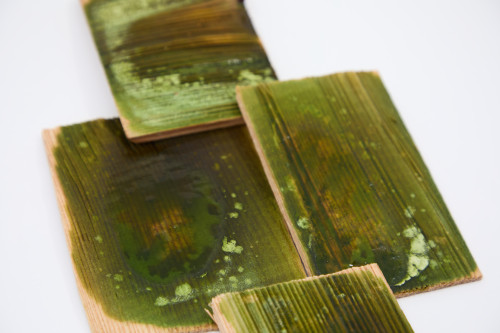The scientific and methodological approach and the intuitive and artistic approach contrast and complement each other. With both methods, I seek to reshape how we inhabit, construct, and interact with the built environment through observation and synthesis. In doing so, I ask fundamental questions about how we relate to machines, interact with them, and create new architectural spaces through this interaction.
Daniela Mitterberger is an architect and researcher focusing on digital fabrication and human-machine interaction, particularly in extended reality, spatial computing and robotics. Her research at the intersection of architecture, computer science, robotics and computational design has led her to teach and lecture in graduate and postgraduate programs worldwide.
In parallel with her academic career, Daniela explores the boundaries between science and art through her multidisciplinary architecture practice, MAEID [Büro für Architektur und Multimediale Kunst], which she co-founded in 2015. MAEID’s award-winning projects have been featured in numerous international exhibitions and events, including the Venice Biennale, Seoul Biennale of Architecture and Urbanism, Ars Electronica Linz, MAK Vienna, Melbourne Triennial, Academy of Fine Arts Vienna and Haus der Architektur in Graz, Austria.
An assistant professor in the School of Architecture at Princeton University, Daniela leads the Extended Augmentation in Architecture Lab (XAIA). She also serves on the board of directors of the COMPAS Association, which supports open-source frameworks for interdisciplinary collaboration in architecture, engineering, fabrication and construction. She leads the development of COMPAS XR, a platform that integrates extended reality and robotics. Before joining Princeton, Daniela was a senior scientist and co-lead of the Immersive Design Lab at ETH Zurich.
CreativeX was a partner in her latest project with MAEID, “Dafne’s skin,” which will be presented at the 2025 Triennale Milano. “Dafne’s skin” frames architecture as a responsive environmental system: a growing patina maintained and sustained entirely by robotic agents—“geographers”—that monitor microbial growth using sensors and machine vision. These agents respond to the color and texture change on the surface of the structure as well as the presence of visitors, adjusting the garden’s environmental conditions in real-time to create an evolving choreography of biotechnological interaction.
